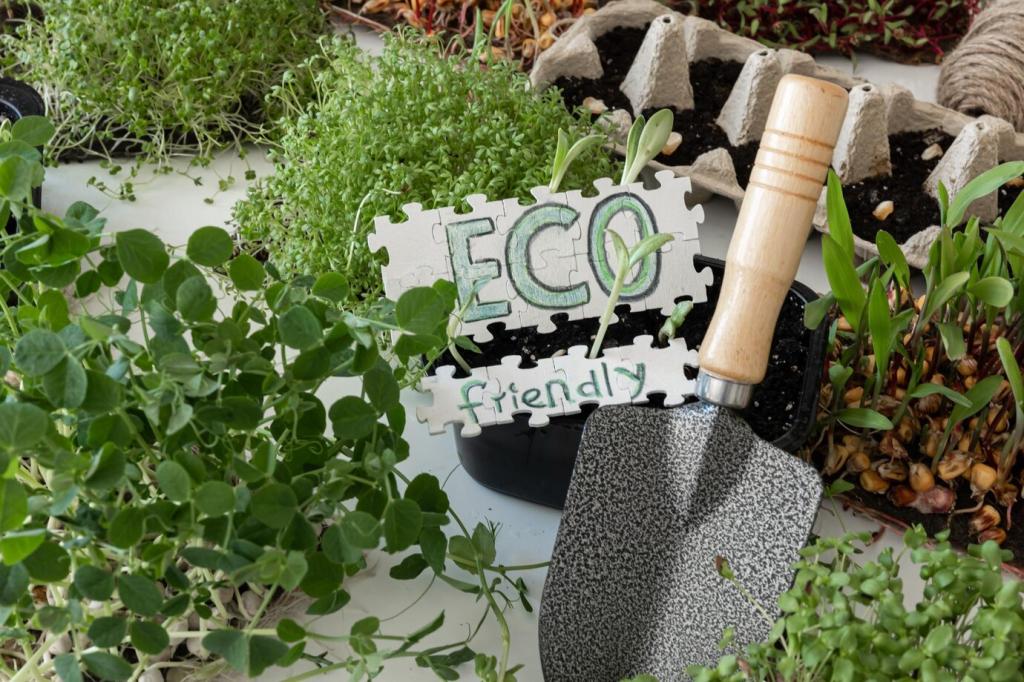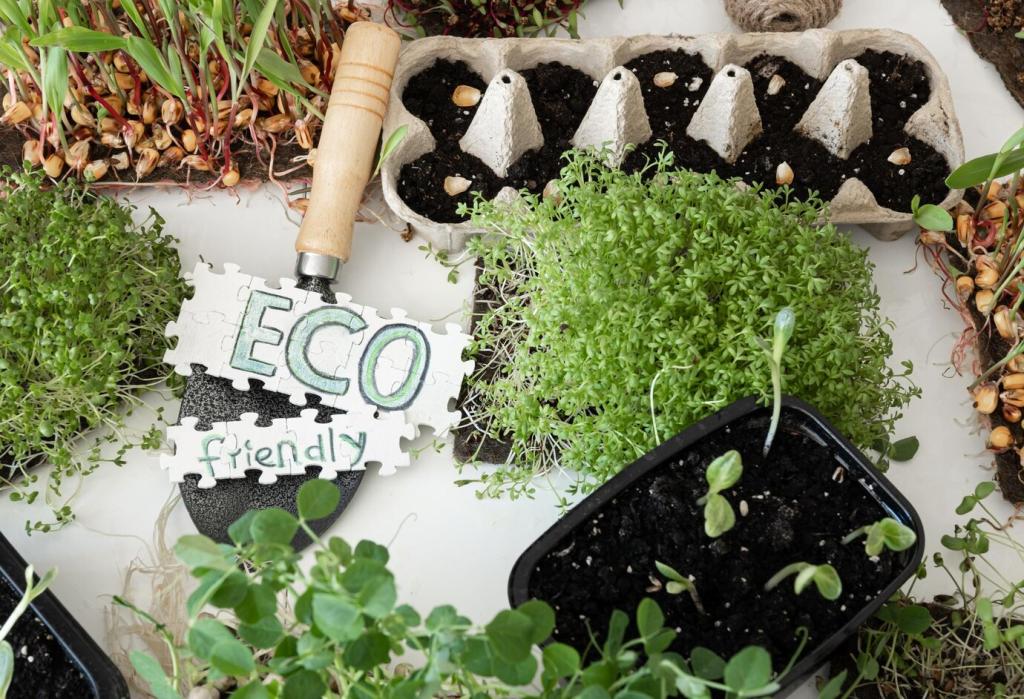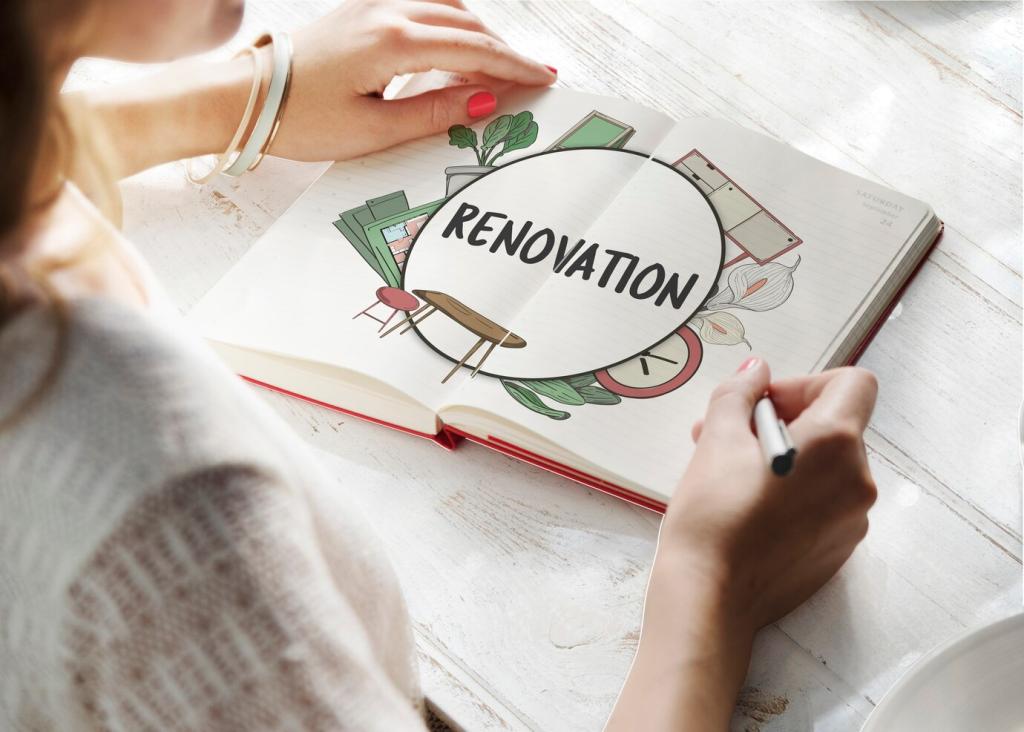Eco-Friendly Hardscaping Solutions: Building Beautiful, Living Landscapes
Chosen theme: Eco-Friendly Hardscaping Solutions. Welcome to a greener way of crafting patios, paths, and outdoor rooms that breathe with the land. Explore designs that soak up rain, protect habitats, and look stunning. Share your ideas, subscribe for new guides, and help shape tomorrow’s resilient yards.


Choose surfaces that let rain infiltrate rather than sprint into storm drains. Permeable pavers, open-graded gravel, and bonded decomposed granite balance durability with hydrology. Tell us where puddles form in your yard, and we’ll troubleshoot together.

Reduce transport emissions and celebrate character by sourcing within your region or reclaiming materials. Salvaged brick, urbanite from old slabs, and local stone carry stories into your landscape. Share your favorite reclaimed finds and their past lives.

Plan assemblies for repair and reuse. Dry-laid systems, modular units, and mechanical edges allow easy disassembly without demolition waste. How might your patio come apart gracefully decades from now? Comment with your disassembly-friendly ideas.
Smarter Water: Permeable Pavers, Gravel, and Rain Capture
Build from the bottom up: open-graded base, appropriate geotextile, well-chosen joint infill, and underdrains only where necessary. After a summer cloudburst, one family’s path stayed puddle-free for the first time in years—tell us your storm story.


Smarter Water: Permeable Pavers, Gravel, and Rain Capture
Edge restraints prevent migration, while natural binders stabilize surfaces for accessibility and reduced dust. Layer thoughtfully to protect subgrades. Have a tricky slope or high-traffic corner? Ask your question, and we’ll map a resilient solution.
Lower-Carbon Material Choices Without Compromising Beauty
Old concrete, thoughtfully broken and sorted, becomes striking garden steps or retaining elements. Pair varied sizes for rhythm, and mind rebar removal. Show us a photo of your salvage pile, and we’ll brainstorm patterns together.
Lower-Carbon Material Choices Without Compromising Beauty
Bricks with softened edges and stones with lichen bring instant soul. A 1920s warehouse brick becomes a herringbone courtyard with history. Subscribe for our upcoming pattern guide and share the origin story of your favorite reclaimed piece.

Habitats in Hardscape: Biodiversity by Design
Plant thyme, blue star creeper, or sedums between pavers to cool surfaces and feed pollinators. Avoid herbicides and design for occasional foot traffic. Which living joint species thrive where you live? Share your zone and observations.
Habitats in Hardscape: Biodiversity by Design
Leave purposeful cavities and varied stone sizes to create microhabitats for native bees, lizards, and beetles. A client’s wall became a spring nesting hotspot—small choices matter. Tell us which creatures you hope to welcome home.
Habitats in Hardscape: Biodiversity by Design
Choose shielded, warm LEDs; mix lighter aggregates to temper heat; and stage shade with trees or pergolas. These touches cool evenings beautifully. What’s your hottest patio moment each summer? Let’s plan a cooler, wildlife-friendly night.
Craft and Care: Sustainable Installation and Maintenance
Preserve tree roots with air spading, avoid over-compaction, and stage materials on mats to limit soil damage. Reuse forms and minimize cut waste. Drop a comment about your site constraints, and we’ll sketch a lighter-touch approach.

Craft and Care: Sustainable Installation and Maintenance
Favor water-based sealers, pH-balanced cleaners, and oxygen-based brighteners over bleach. Test in small areas and protect nearby plantings. Have a stubborn stain? Describe the material and spill, and we’ll propose a safer remedy.
Inspiration and Community: Stories, Metrics, and Next Steps
A Courtyard Story with Softer Storms
A cracked 1950s slab became a permeable courtyard with reclaimed brick in a flowing fan pattern. The first autumn storm left birds splashing in shallow puddles, not torrents. Share your before-and-after dream; we’ll cheer you on.
Simple Metrics that Matter
Track infiltration with a DIY percolation test, material sourcing radius, and estimated embodied carbon. Baseline, then compare after upgrades. Post your numbers and location, and we’ll help interpret results for your region’s soils and rainfall.
Join, Subscribe, and Shape the Conversation
Subscribe for pattern libraries, detail drawings, and field-tested checklists. Comment with your ZIP code, favorite native stone, and current challenge. Your questions steer our next deep-dive on eco-friendly hardscaping solutions that truly endure.
